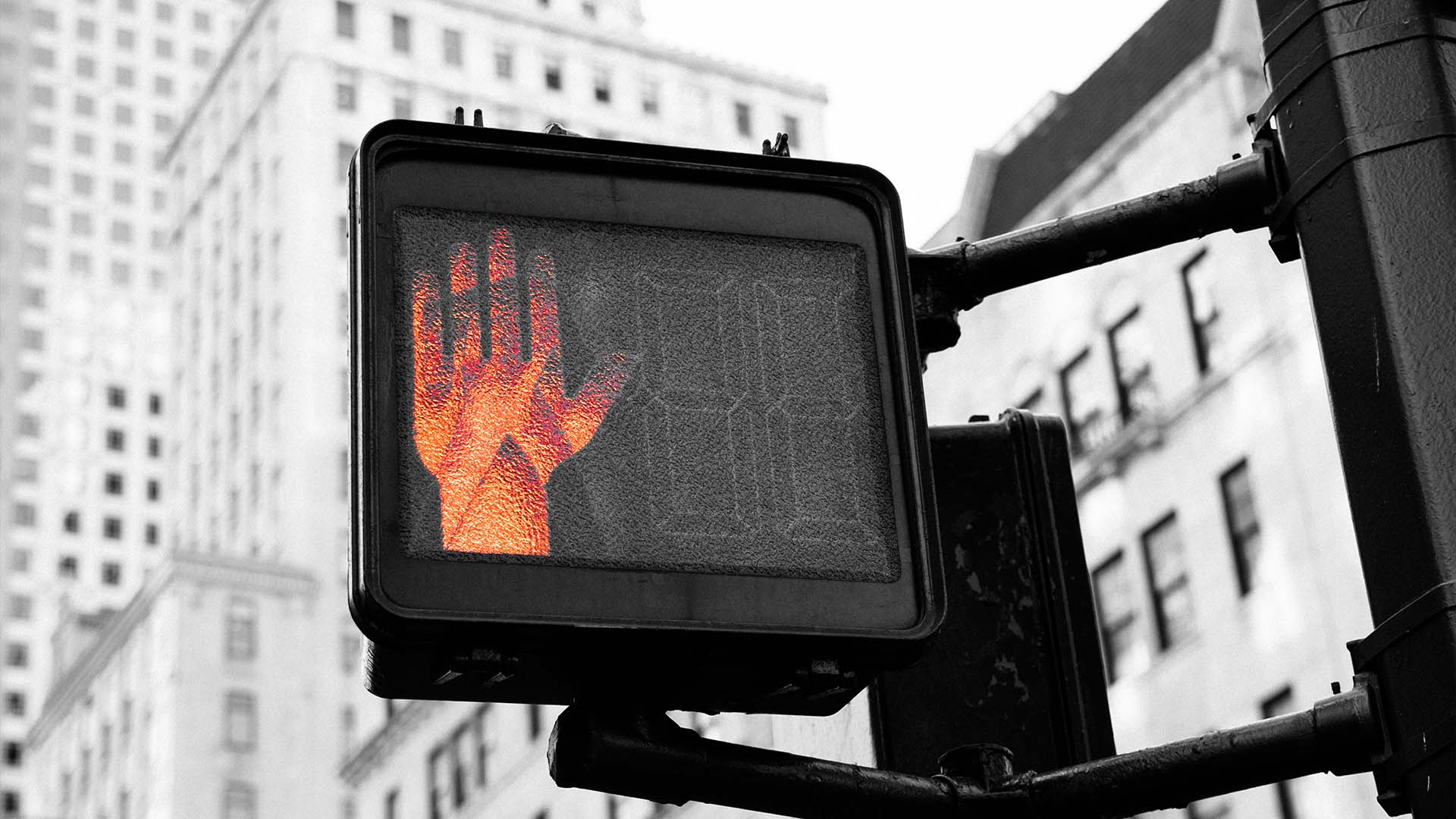Question
Len H. – I have heard many people say, “When you reach a certain profit point, you should take some profit and leave some ride.” I believe that if you are not sure enough in your purchase that you should take it all. Why would you take some and not all? It would be like leaving some ride on a loser, that doesn’t make sense either.
Answer
Len asks a great question. Here’s how I handle it. First of all, if my confidence in a trade is low I avoid it or I trade small size. You have to vary the size of your trades based on your level of confidence. Everyday I carry a position I ask myself, “If I didn’t have a position would I establish one at this level?” This is one way I keep an objective perspective and my answer guides me.
Before I place a trade I’ve already outlined what I think is going to happen and why. Since the question asks about profit management, let’s look at some ways I get out of a good trade. For simplicity sake, let’s assume I’m long a stock.
I always keep a close eye on the market. If I have the “wind at my back” and that doesn’t seem like it will change, I’m more likely to stay in if the stock is behaving. If the market is up, I want to see this stock leading the way. If the market is up and the stock is “dead weight”, I’m suspicious. Prolonged price action like this will get me completely out of the trade. I trade relative strength and the stock is already showing me warning signs. Seventy-five percent of all stocks follow the market. It’s critical to be on the “right” side. If the market conditions change like they did a few weeks ago, I don’t care how much I liked the stock, I’m paring back my exposure.
As part of my game plan I’ve identified resistance levels and I know where the stock will run into trouble. The more significant the resistance, the more inclined I will be to take profits. If the resistance has formed over months, it has more significance than if it has formed over a week. Major resistance, I don’t hesitate to take partial profits. Minor resistance, I will watch to see if it can get through. If the stock stalls at these levels or the trading starts to get whippy, I’m out. I may place a buy-stop above the resistance just in case my “read” was wrong. That way I can get back in if the breakout occurs. Once I’ve taken profits, my perspective is clearer and I’ve removed some of the emotion associated with the trade. If I’m still in the position and the stock gets through the resistance level, I will wait for it to show signs that it is getting tired. At that point I will sell all or part of the remaining shares.
If the stock gets on a monster run, I like to dangle a carrot and I will layer offers way above the current offer just to see if anyone will chase the stock. If I get filled, I feel like I’ve received a great price. I’m a pro and I watch my positions continually. My preferred approach is to watch the stock. If it is behaving, I’m in and looking for levels to start scaling out. If the stock looks like it is losing it’s Mo Jo – I’m out.
If you can’t watch the market there is another approach – trailing stops. A trailing stop will help you lock in profits. As the stock moves up, the safety net moves up with it. This order will not protect you from overnight risk. For trailing stops, give volatile stocks more room (so that you don’t get whipsawed) and for more predictable stocks use a tighter stop.
I never pretend that I will pick the best entry and exit points. I like to scale in and I like to scale out. It helps keep my emotions in check. Greed and fear drive your decision making. If you take a small position and it moves against you, no big deal. You are forced to reevaluate. If you still like the trade, add to it. Your fear has been kept in check. If the stock takes off, taking profits along the way at pre-determined levels will tame your greed. Money in the bank will help you manage the rest of the position.
Experience has taught me that “all or none” trading is common in novice traders that may be under capitalized. You don’t want to incur big commission charges so you get in at one time, usually impulsively. The big position carries a lot of emotion so you are already nervous and ready to bail at anytime. Keep your emotions in check by scaling in/out.
Thanks for your question Len. Let me know which OneOption subscription you would like to try free for a month.









